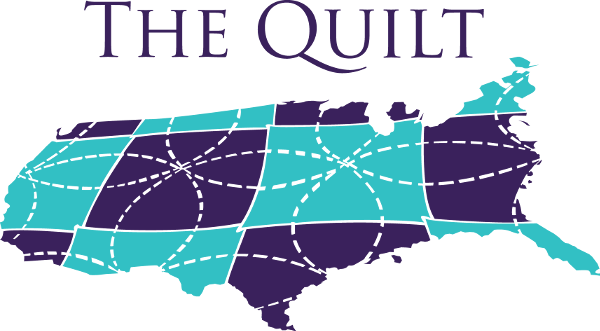Scientific frontiers and research collaborations will drive the requirements for a national research platform, and members of The Quilt – regional Research and Education (R&E) networks – have a key role to play.
As campus connectors and trusted conveners in their geographies to engage the key stakeholders and create regional research platforms, R&E networks offer the technology infrastructure needed to support modern science. The Quilt is excited about its role in the national community to help scale a national research platform.
About 125 scientists and engineers gathered at Montana State University in August to plan for the technology infrastructure needed do it at the first National Research Platform (NRP) Workshop. The event was sponsored by the National Science Foundation through the Pacific Research Platform, Montana State University, and Quilt member CENIC.
This event focused on how to help modern researchers do their work efficiently and effectively while allowing the normal business of university campuses to continue.
The specific requirements of academic research are pushing the envelope of computer science, and software-driven networks are changing how scientists access computing, manage their data, and analyze their results. Technology leaders from all over the country met to discuss implementation strategies for the deployment of interoperable Science DMZs at a national scale – essentially building out a national big data superhighway. Workshop sessions were devoted to science-driver application researchers describing their needs for high-speed data transfer, including their successes and frustrations, and discussions primarily focused on requirements from the domain scientists and the networking architecture, policies, tools, and security necessary to deploy a 200-institution NRP.
The National Science Foundation funded a 5-year cooperative agreement for the Pacific Research Platform (PRP) to improve the end-to-end, high-speed networking data transfer capabilities in collaborative, big-data science among 20 institutions. As part of the PRP cooperative agreement, NSF requires that the ensemble of PRP technologies be extensible across other scientific domains and to other regional and national networks. In response to this requirement, the NRP Workshop solicited input from many multi-state networking organizations (The Quilt, Internet2, ESnet and others) on how the PRP model might further blossom.
The NRP is committed to facilitating the necessary social engineering among a diverse group of science, R&E network and IT leaders, as well as provide proven end-to-end networking. An effective national partnership will need cyberinfrastructure experts working with scientists at their interface and understanding the desired scientific outcomes, rather than viewing the technology as an end to itself. Identifying common functionality that can be leveraged between science applications to make the NRP partnership more efficient and effective and prioritize high-performance access to supercomputer centers is key.
Louis Fox of CENIC will provide a plenary discussion on the perspective of regional network’s role in supporting a regional research platform at this year’s Quilt Fall Member Meeting on Oct. 3-5 in Albuquerque, N.M. Follow the link for more event information and on social media use #QuiltinABQ.
